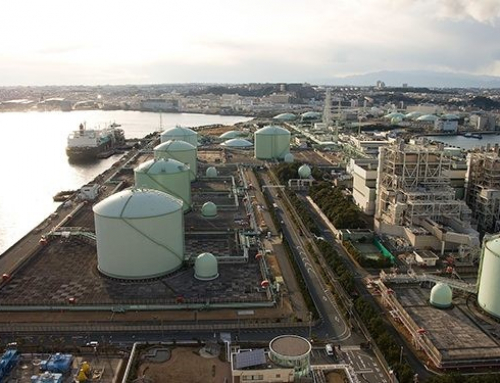
Air conditioners could put a massive strain on the electricity grid during more intense heatwaves. Image: Jan Tik via Flickr
This article first appeared on the www.climatenewsnetwork.net website
by Tim Radford
Rising temperatures mean that heatwaves will become hotter, more frequent, last longer and will cover much wider areas.
– Scientists in the US have added a new dimension to the growing hazard of extreme heat. As global average temperatures rise, so do the frequency, duration and intensity of heatwaves.
And that’s not the only factor to worry about. By mid-century, the area straddled by those bands of extreme heat could increase by 50% – if nations attempt seriously to contain climate change.
But if humans carry on burning fossil fuels in ever-greater quantities and felling more and more reaches of tropical forests, the most dangerous and extreme heatwaves in future could cover areas 80% bigger than at present.
“As the physical size of these regions increases, more people will be exposed to heat stress,” warns Bradfield Lyon, associate research professor in the Climate Change Institute and School of Earth and Climate at the University of Maine, US.
“Larger heatwaves would also increase electrical loads and peak energy demand on the electricity grid”
Lyon, lead author of a new study in the Environmental Research Letters journal, says: “Larger heatwaves would also increase electrical loads and peak energy demand on the electricity grid as more people and businesses turn on air conditioning as a response.”
Climate scientists have warned repeatedly that higher average temperatures must mean ever hotter extremes.
By the century’s end, under some climate projections, three out of four people on the planet could be exposed to potentially dangerous heatwaves.
Double punch
In some regions, the double punch of high heat and very high humidity could make conditions intolerable, and scientists in the US recently counted 27 ways in which high temperatures could claim lives.
In principle, extremes of heat are already a threat not just to public health, but also to national economies. Researchers in Australia have already started to count the cost.
Until now, the interest has focused on the highest temperatures by day and by night, the number of days of sustained heat, and the frequency with which extremes might return.
But the new dimension – the increased area oppressed by extreme heat – presents unexpected challenges for city authorities and energy utilities.
“If you have a large contiguous heatwave over a highly populated area, it would be harder for that area to meet peak electric demand than it would be for several areas with smaller heatwaves that, when combined, are the same size,” says one of the report’s other authors, Anthony Barnston, chief forecaster at Columbia University’s International Research Institute for Climate and Society. – Climate News Network

About Tim Radford
Tim Radford, a founding editor of Climate News Network, worked for The Guardian for 32 years, for most of that time as science editor. He has been covering climate change since 1988




